There have been a lot of whispers in the architectural, engineering and lighting design industries of the upcoming ban on incandescent lighting. Just like the old grade-school game of “Telephone”, as the news is retold, it seems to change forms. So, let’s wade through the rumors and understand what is REALLY happening with the Ban on Incandescent.
It all begins with the Energy Independence and Security Act (EISA) of 2007. The act (originally named the Clean Energy Act of 2007), targets a broad range of energy-related issues to move the United States toward greater energy independence and security. Section 321 of the EISA establishes increased minimum energy efficiency standards for ‘general service lamps’. What are general service lamps? It refers to a broad spectrum of lamps that includes incandescent, compact fluorescent, LED and OLED. More importantly, it pertains to lamps with a Medium screw-base and with an output range of 310 to 2600 lumens. The target of this legislation is to place standards on lamps used in mainly residential applications. Although EISA does not ban incandescent light bulbs, its minimum efficiency standards are high enough that the incandescent lamps most commonly used by consumers today will not meet the new requirements.
The timeline for these standards was to start in January 2012, but on December 16, 2011, the U.S. House passed the final 2012 budget legislation, which effectively delayed the implementation until October 2012. At that point, the ban will be applied in a staggered schedule over the next few years.
In basic terms, 40W to 100W incandescent lamps are being banned over the next few years, starting with 100W, then 60W and finally 40W. These are the basic A (pear-shaped) and G (globe-shaped) lamps with medium-base sockets (the base commonly used in residential applications). The market currently has and will continue to offer more efficient, lower wattage halogen alternates to each lamp being banned so consumers will have choices.
In 2020, the second tier of bans will expand upon this and include any lamp source not producing at least 45 lumens per watt. It will include glass envelope halogen lamps.
It is important to understand that some lamps will be exempt from this legislation. Lamps used for decorative purposes – in chandeliers, appliances, and other applications – will not be affected by EISA. Below is a list of specialty lamps that are exempt:
- Appliance lamps
- Blacklight lamps
- Bug lamps
- Colored lamps
- Infrared lamps
- Marine lamps
- Marine signal service lamps
- Plant light lamps
- Rough service lamps
- Reflector lamps (MR-16, PAR)
- Shatter-resistant lamps (including shatter-proof and shatter-protected)
- Sign service lamps
- Silver bowl lamps
- Showcase lamps
- 3-way incandescent lamps
- Traffic Signal Lamps
- Vibration service lamps
- G Shape lamps with a diameter of 5 or more (globe shape)
- T Shape lamps that us no more than 40 W or are longer than 10″
- B, BA, CA, F, G`6-1/2, G-25, G-30, M-14, or S lamps of 40W or less
By: Jered Widmer






